Why are binoculars filled with nitrogen?
Are waterproof binoculars fogproof?
Why do binoculars fog up?
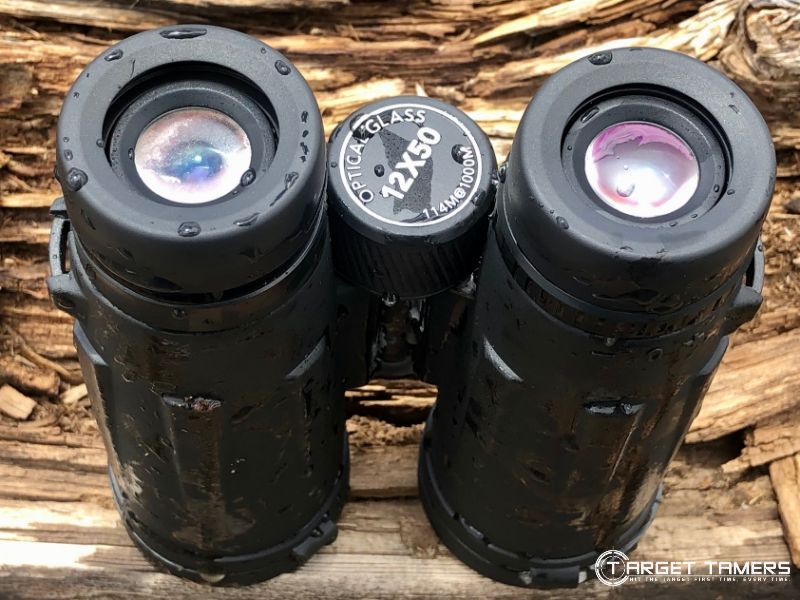
Fogproof binoculars have been purged of oxygen and replaced with a dry gas such as nitrogen or argon. At all entry points, the binoculars have been sealed to be dust and waterproof. As a result, they do not fog on the inside, they are watertight, and they will last longer than alternatives.
Nearly every one of us has dealt with foggy binoculars on the outside. Hopefully, very few of us have experienced foggy binoculars on the inside.
To learn the differences between internal and external fogging and what to do about it, wipe away the fog and get some clarity in this guide.
Also, a few fogproof binocular recommendations will be provided.
Why do Binoculars Fog Up?
External Fogging in Binoculars
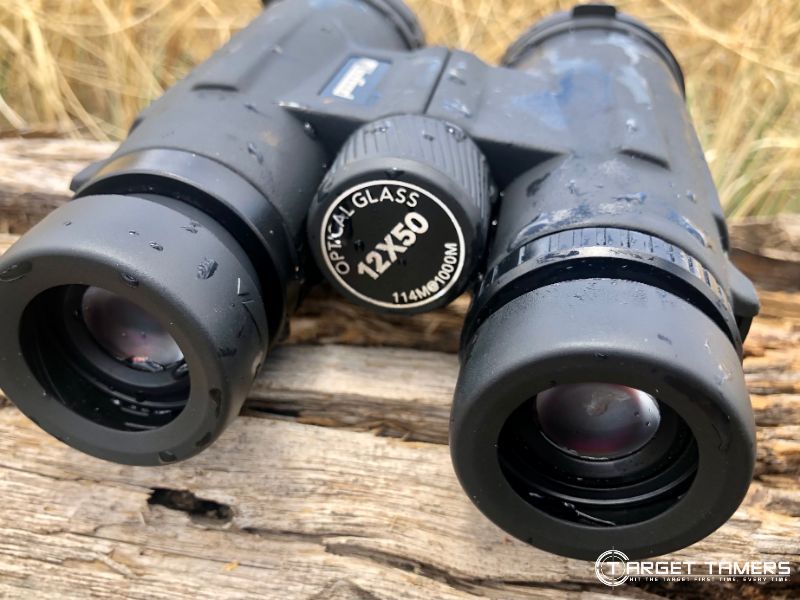
External fogging occurs on the exterior glass components of binoculars, i.e., eyepieces and objective lenses. This happens when it’s exposed to rapid changes in temperature and/or humidity.
To remedy this problem, simple methods can be used that should not cause damage in the long term.
Internal Fogging in Binoculars
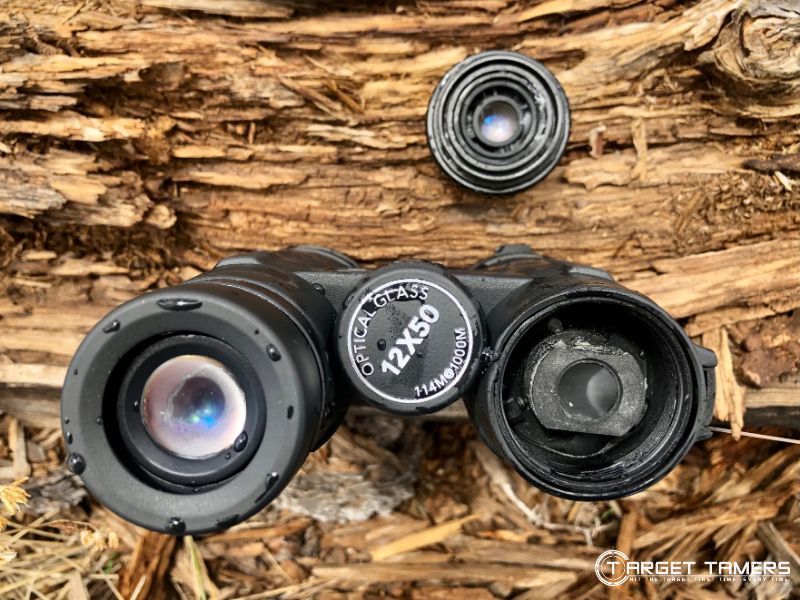
Internal fogging is problematic as moisture has intruded into the binoculars.
Removing internal condensation is far from easy and thus it is recommended to buy fogproof binoculars as a prevention investment. Fogproof binoculars have an inert gas to prevent internal fogging and the growth of mold.
4 Ways to Keep Binoculars from Fogging Up (Externally!)
1. Let the Glass Adjust to Outdoor Climates
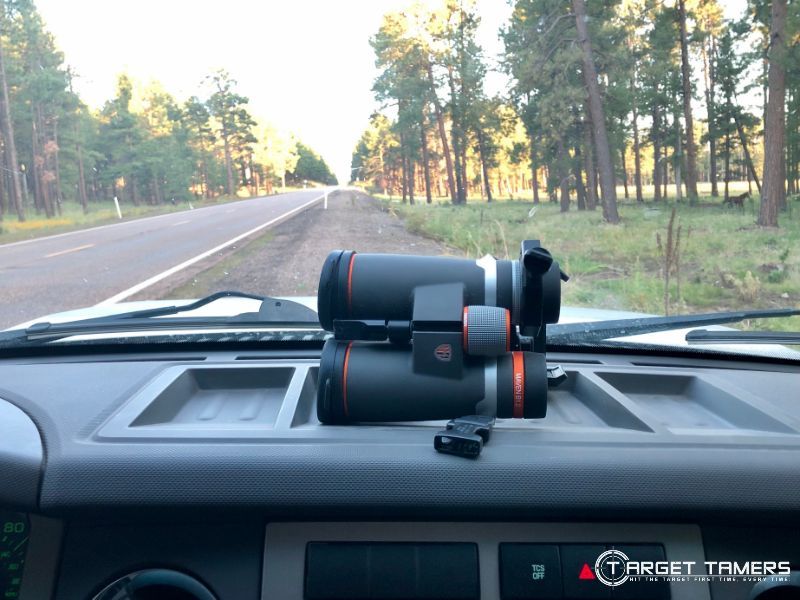
Allow the glass to adjust to temperature and humidity conditions on its own. Advice advocates for binocular exposure to the conditions prior to use. As examples, leave it in the truck overnight for the scout in the morning or let it acclimate at least 15 minutes prior to use.
Consider blasting the heat on the way to the treestand or tuck the binos inside your jacket pocket.
Tip:
The best way to use this method for effective results is to combine it with the following practices outlined in the next method.
2. Change a Few Handling Techniques
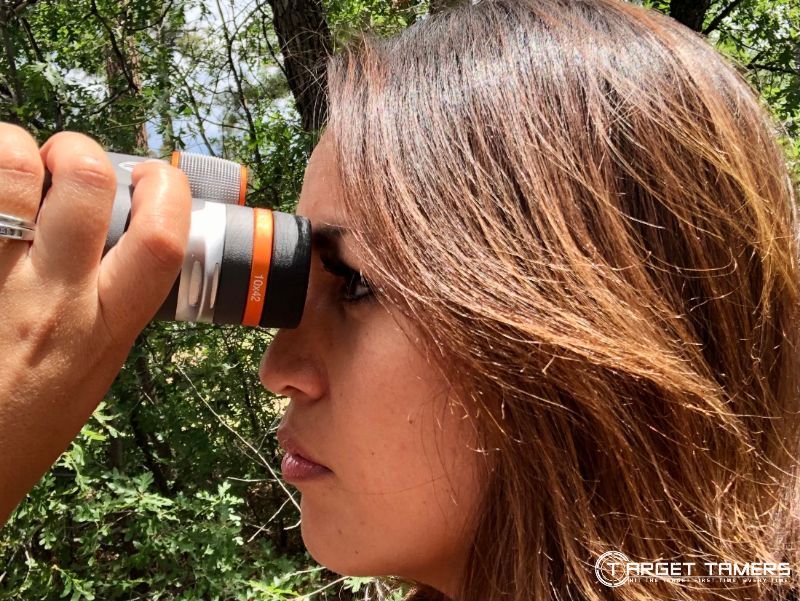
Overall, adjusting a few of the ways one handles binoculars in cold conditions can help to prevent external fogging on the eyepieces. Various user techniques can be used to prevent binoculars from fogging up.
In many instances, binoculars have acclimated to the conditions, but body heat and warm breath can cause fogging if there is moisture on the glass. One trick to is to tuck the upper lip over the bottom lip and force your breath downwards.
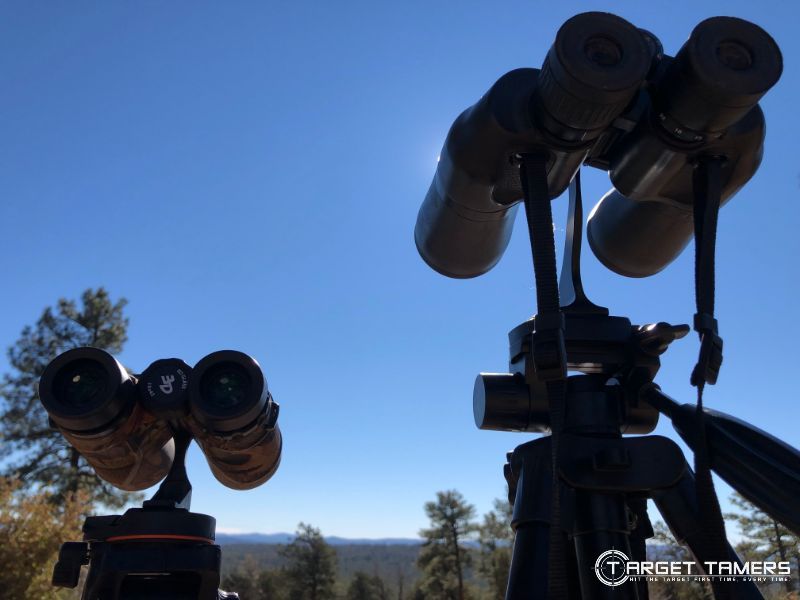
Wearing masks or headgear, especially those that cover the nose, can force heat upwards towards the binoculars. Consider that it may be best to remove them until conditions get warmer or adjust your face gear in a way that air is forced downwards rather than up towards the eyepieces.
If you do not wear glasses, use binoculars as if you do. Retract the eyecups all the way down to make the most of maximum eye relief. This keeps the eyes further away from the eyepieces to keep them from steaming up.
Tip:
A tripod can help to keep the image steady when using binoculars with eyecups retracted without using glasses.
3. Use a Microfiber Cloth
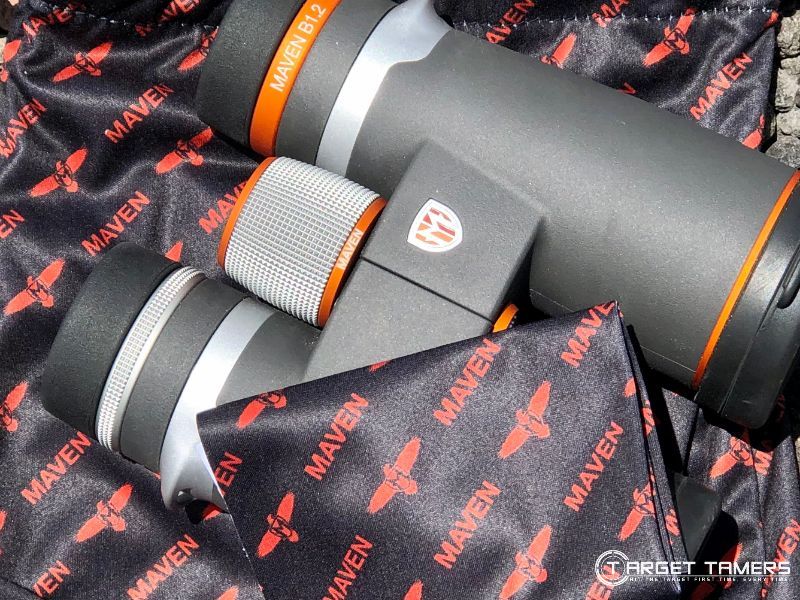
A microfiber cloth is the recommended fabric for binocular cleaning and maintenance. It’s typically a standard accessory included in the box with a pair of new binoculars. Keep this cloth with your gear when wiping off condensation is unavoidable.
Why is simply wiping the eyepieces not the most effective solution?
Condensation is just water and the goal you’re trying to achieve by wiping with a cloth is to dry the eyepieces. If there are dust and dirt particles on the glass that you’re unaware of, this can damage coatings or scratch the glass. If there are oils or solid substances that turn to liquid when wet (like mud), a bigger mess on the glass is created that was unintentional.
However, we are all guilty of using this fast method even though they fog up again minutes later. If it’s going to happen, let it happen with a microfiber cloth.
Tip:
Not all microfiber is created equally. Shop carefully to protect your glass and protect binocular longevity.
4. Use an Anti-Fog Agent
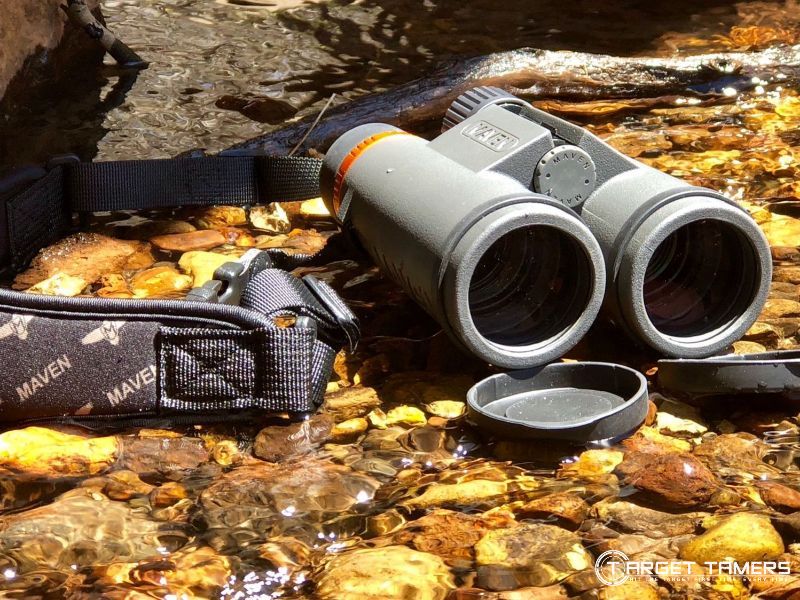
Anti-fogging agents created for glasses lenses by eyecare professionals are usually safe for binoculars. Instead of spraying directly on the eyepieces, apply to the microfiber cloth first and then proceed to apply to the binocular. This is a prevention method that also protects the glass.
Tip:
Clean the lenses prior to applying an anti-fog agent regardless of if it’s in the form of spray or wipes. Use a lens cleaning pen to safely remove dust and particles before applying an anti-fog solution to the glass.
- Nikon Lens Pen
- Celestron Lens Pen
- Vortex Lens Pen
- Zeiss Fog Defender System
- Vortex Fog-Free Lens Cleaning Field Kit
3 Ways to Prevent & Deal with Internal Fogging!
1. Buy Fogproof Binoculars
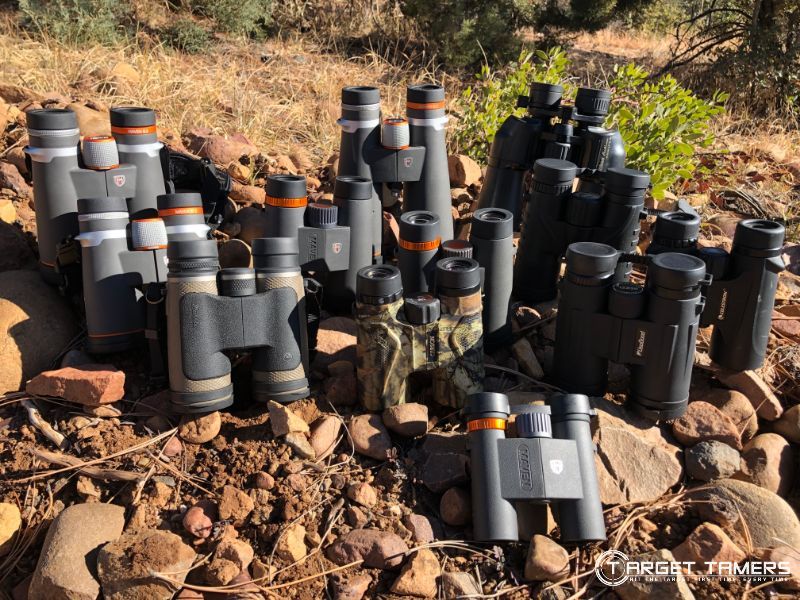
To prevent binoculars from fogging up on the inside, buy fogproof binoculars. Fogproof binoculars are always waterproof but waterproof binoculars are not always fogproof. In fogproof binoculars, oxygen is replaced with a dry gas. They are essentially hermetically sealed to prevent internal fogging.
Even if binoculars are used in ideal weather, moisture in the air, dust, and dirt can get into the binoculars. This can cause mold and fungi to grow and rust and glass damage to occur.
Tip:
It’s always better to practice and invest in prevention than it is to deal with internal fogging.
Case in point: These photos demonstrate an extreme case of both external and internal "fogging" as I froze the binoculars to check its build integrity. I put water into the eyepieces.


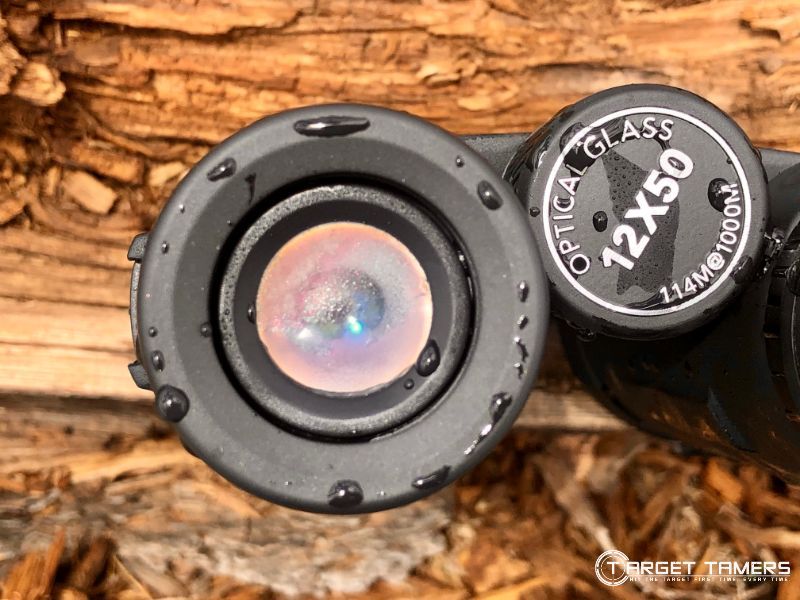
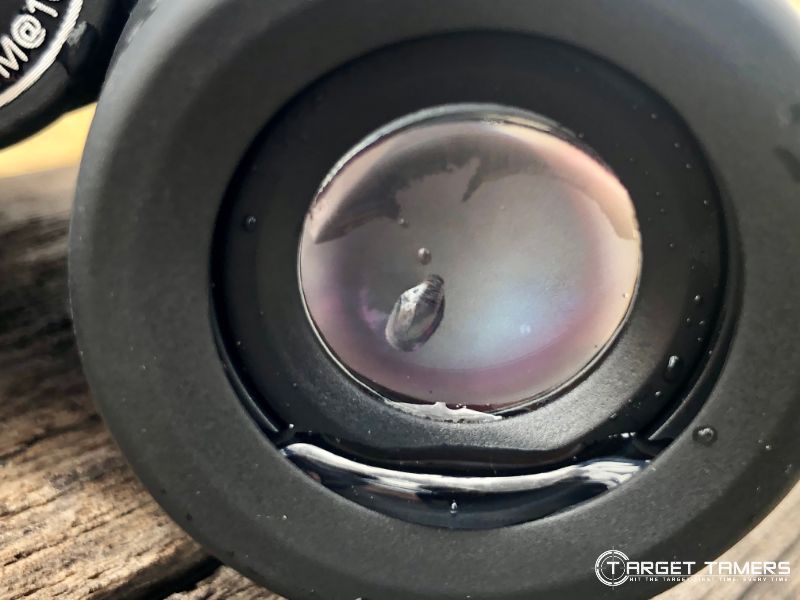
This binocular is not waterproof nor fogproof. Water traveled through the binocular barrels to settle in the objective lens caps. The interior was compromised (where the prisms are) and is difficult to dry thus encouraging an environment for mold and fungi.
2. Use a Desiccant
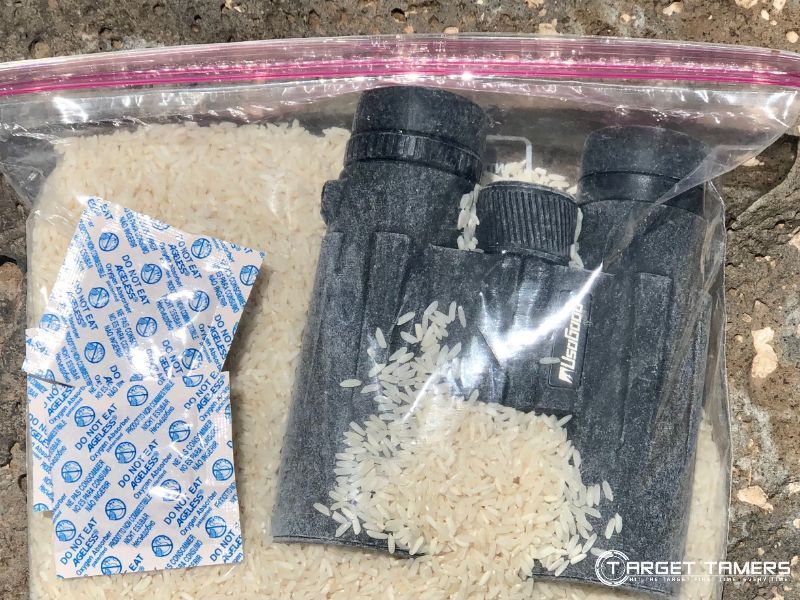
Use an appropriate desiccant to dry out binoculars if water has reached the insides of the binoculars. Internal moisture would be evident by fogging or the obvious presence of water on the inside of the glass. It does not wipe away when the external lenses have been dried.
Place the binoculars into a Zip-Lock bag to seal it in with the desiccant of choice, such as uncooked rice, and leave for as long as necessary to absorb moisture.
Tip:
Silica-gel packets are great as no small particles can get into the binoculars or under the armor if the build quality is compromised.
3. Store in a Dry Location
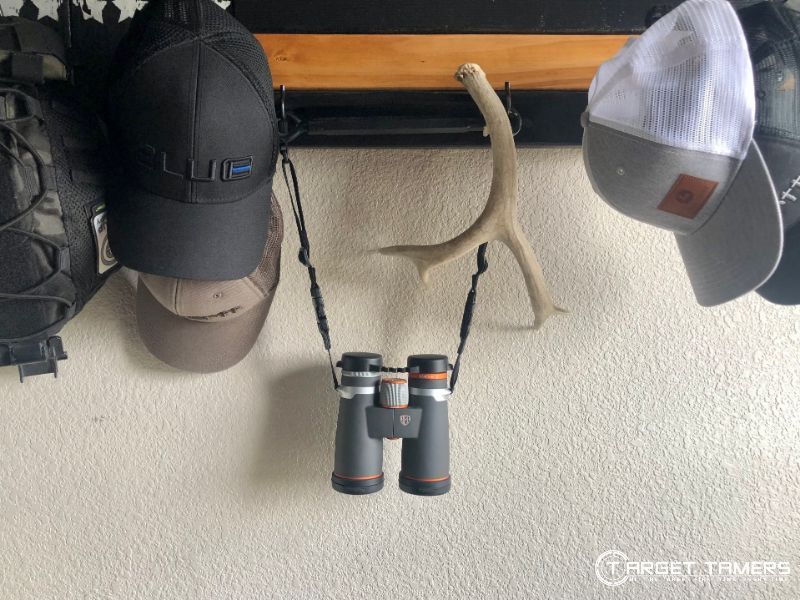
Storing binoculars in a dry, room temperature location is a practical and effective way to prevent internal fogging. Dry and clean the binoculars prior to storing them away and keep lens caps on to protect the glass from dust.
Binoculars that are not fogproof are susceptible to internal fogging. Keeping binoculars in a vehicle or outside location for extended periods of time exposes them to temperature and humidity changes. The type of damage taking place due to these conditions occur even if you’re not aware of it.
Tip:
Keep binoculars in a dry location during non-use – even when you’re at deer camp. Dry off the armor/exterior before storing away.
Best Fogproof Binoculars
| Product | Fogproof Gas Type | Price Range |
|---|---|---|
| Bushnell H2O 10x42 | Nitrogen | Under $100 |
| Maven C.3 12x50 | Nitrogen | Under $500 |
| Vortex Razor HD 10x42 | Argon | Under $1000 |
| Leupold BX-5 Santiam 15x56 | Argon & Krypton blend | Under $1500 |
| Leica Geovid 15x56 | Nitrogen | Under $2000 |
Are Fogproof Binoculars Worth the Money?
Fogproof binoculars are always worth the money. There is moisture in the air, dust particles not visible to your eyes, and binoculars are exposed to dirt and grime during use. All these things can compromise the integrity of your binoculars and therefore your glassing experience.
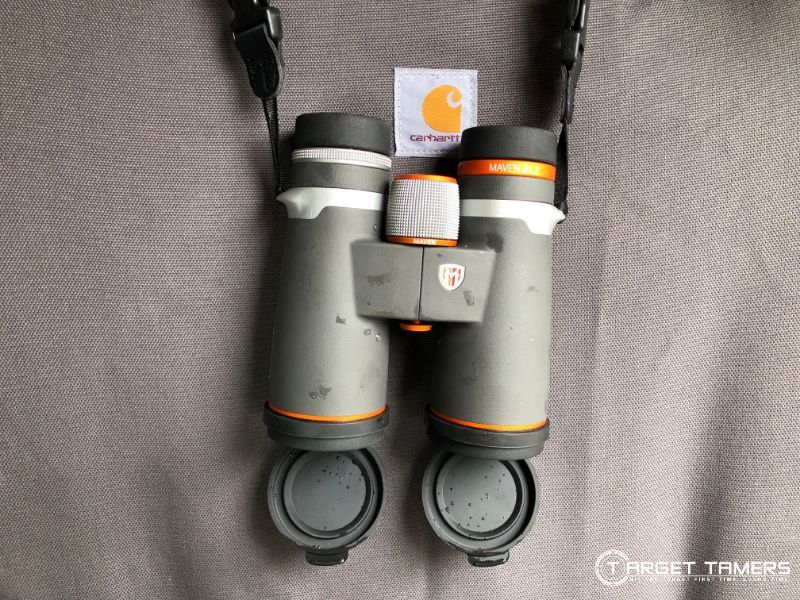
While there is conversation regarding if argon is better than nitrogen or if dry gas blends are best, a fogproof binocular is always better than the binocular without it.
These days, you can find fogproof binoculars in any price range. Unaffordability and user ignorance is no longer an excuse.
Further Reading




Condensation occurs when a cold object goes into a warmer air temp environment. Not the other way around. Binos that are warm will not fog when exposed to cold air. In fact they’ll fog less if they’re warm and you’re using them close to your (warm) eyes.
Thanks Pete!